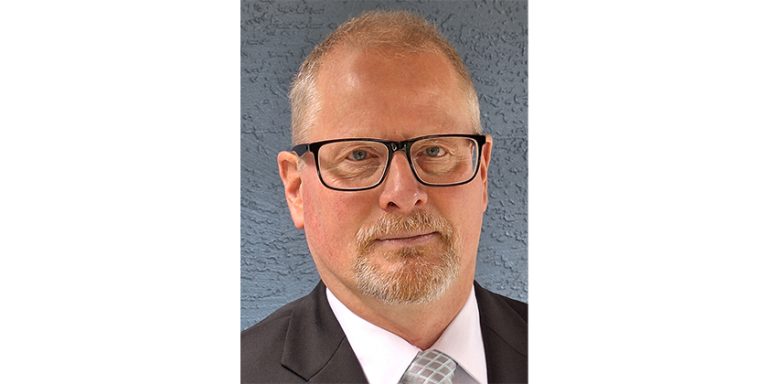To Acheive Net-Zero, Strategic Leadership is Critical in Support of the Full Electrification Supply Chain
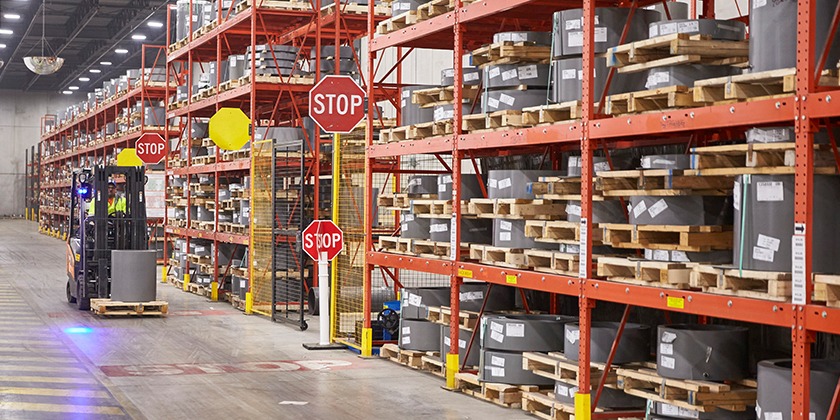
May 21, 2024
By Blake Marchand
The electrification supply chain is complex and interconnected, strategic leadership from government and industry stakeholders will be critical to acheiving Canada’s net-zero goals.
Electrification, renewable energy, electric vehicles, an aging electrical grid, data centres are all key factors in the increased demand for electrical distribution equipment. On top of that, there are skilled labour shortages making it difficult for manufacturers to expand their operations. Canada is well positioned with domestic manufacturing and suppliers, recent investments by Honda and Volkswagen on the EV side, and calls for clean power and energy storage in BC, Ontario, and Quebec – however more attention is required to support the full electricity industry supply chain.
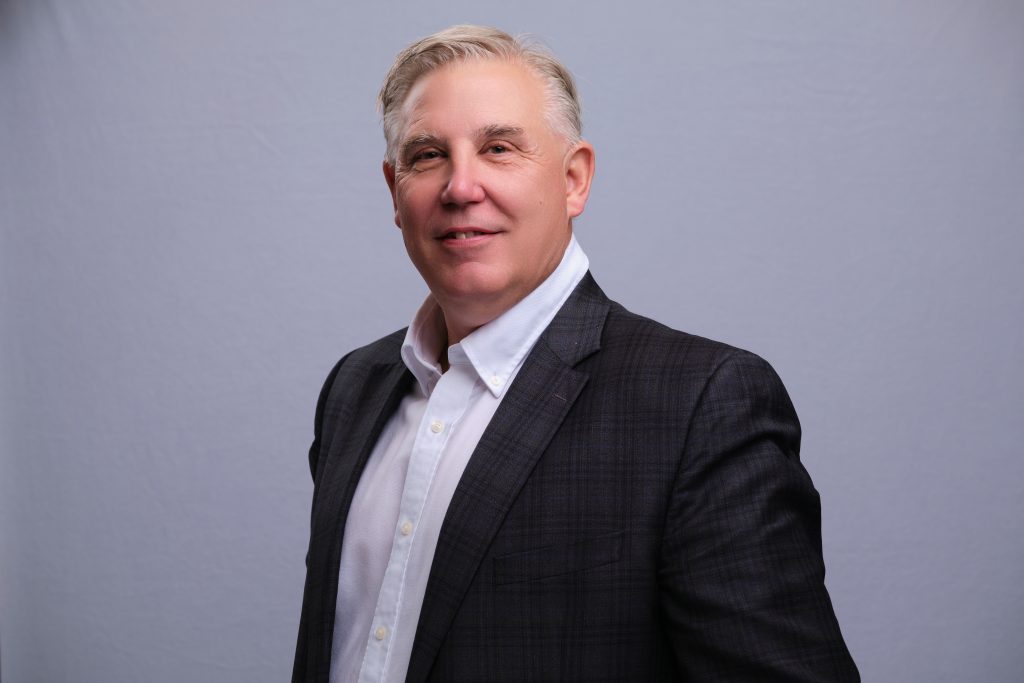
“There’s just so many compounding needs as we shift to a society that is consuming electrical energy at a significantly increased rate,” said JFE Shoji Power Canada President & CEO, Ron Harper on the supply chain challenges facing electrical distribution equipment, as well as components required for electric vehicles.
JFE Shoji Power supplies components for electrical equipment OEMs, providing a long list of services and solutions for the electrical equipment manufacturing industry.
From that vantage point, Harper noted that more attention needs to be paid to building the capacity of the electricity supply chain to meet the growing demand.
“The current electrical grid has aged, and the statistics that I’ve read say that as much as 75% of the electrical transformers in North America have reached or are past the original intended design life of the transformer. Effectively, in the next 10 to 15 years, we need to increase the grid significantly. And at the same time, we need to replace a lot of the infrastructure that’s there, as well. So, there’s this kind of compound effect with that.”
A key point for Harper is that the entire supply chain needs the same attention as the EV plants and renewable energy investments we are seeing from governments. Leadership is required so that component suppliers and OEMs are able to expand operations in lockstep to create a robust supply chain capable of meeting growing demand.
“I think that’s one of the biggest challenges we need to look at,” he said, “What it’s going to take to actually, from end-to-end, supply the electrical energy that our society needs in the future and support the investments and the businesses that are here in Canada to deliver on that.”
JFE Shoji Power Canada President & CEO, Ron Harper
“If you think about how much attention in the news and media and at different levels of government has been paid to expanding battery technology for EV’s and other products, expanding and assuring that Canada has the right place in the transformation from gasoline power vehicles to electric vehicles – if you take that same level of awareness, investment, understanding, incentives etc. and apply it to the whole supply chain, that’s going to step us up to the electrification and the electrical system we need in the future.”
Harper explains that, from his perspective, government investments and incentives fall short of considering the full picture of what will be required to meet the growing demands of an electricity-based economy.
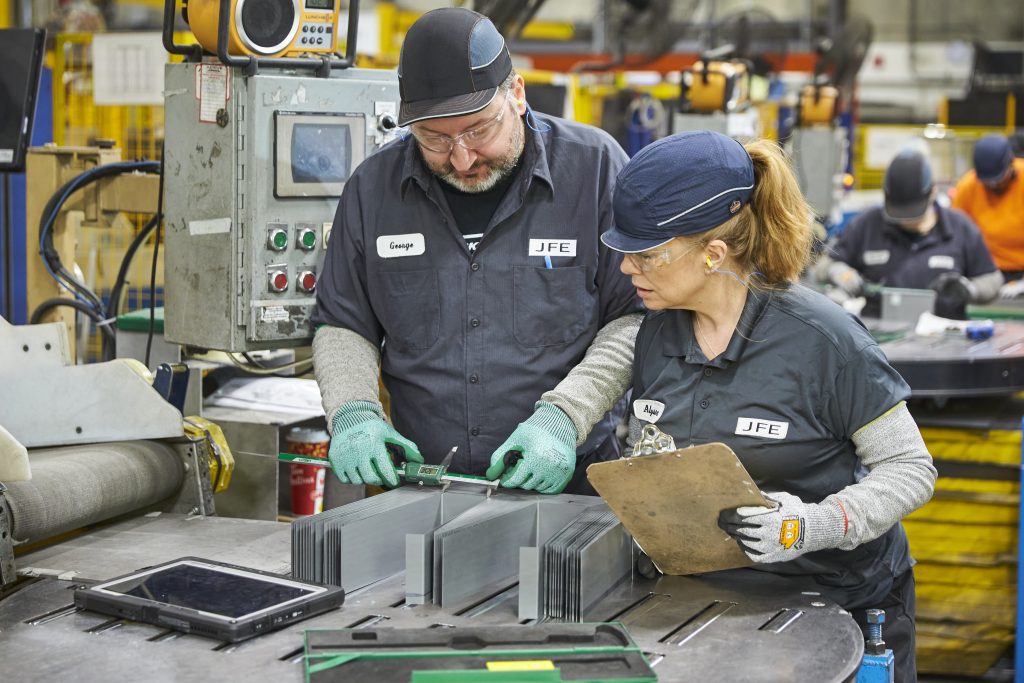
“Where’s the equipment like transformers going to come from to support our expanded electrical grid, and to replace the aging infrastructure? And are we giving the necessary attention, leadership, financial incentives et cetera to that?”
“That’s what I’m really talking about is, we need to look at the electrical energy supply as a system and support the businesses inside that system to create jobs, to create economic wealth and to incentivize and build the system that we have.”
If you leave that up to the supply chain itself, then Harper says the transition will take longer to adjust to the growing demand.
If a company within the supply chain, like JFE Shoji Power, wants to expand their business, they need to know that the OEMs are also going to be expanding their capacity in a similar way, because otherwise the market for their products won’t be there.
“If I doubled my capacity today and my clients, the OEM’s in Canada making electrical equipment do not, then I got nowhere to sell that [increased capacity] to.”
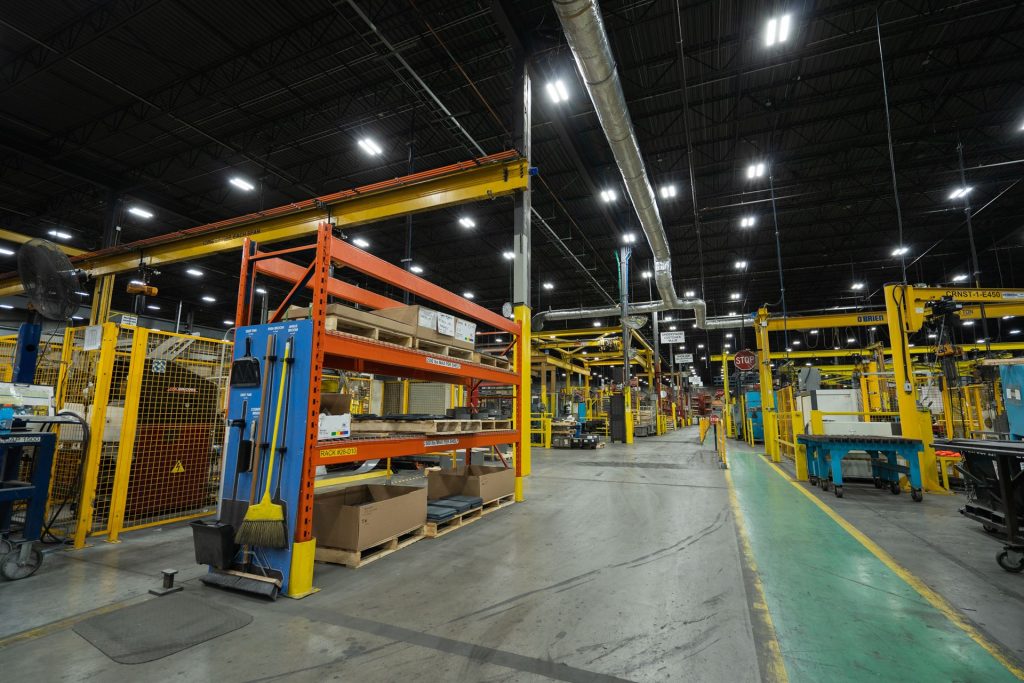
For that reason, Harper said there needs to be broader leadership to support the clean energy economy, “to help businesses step up to the level that they need to step up to – and to work together to make sure that we’re creating employment, healthy businesses, and a strong resilient supply chain.”
“It’s about understanding the interconnectivity of all of these things,” he explained, “it needs to be led in a strategic way and understood in a strategic way – that it is a system, and we need to support the system, not just points in the system.”
Lead times for transformers are getting longer, Harper noted he has heard anywhere from 18-months to four years. Some OEMs are currently taking orders for 2029.
“We’re seeing constraints everywhere in the supply chain to try to meet the demand going forward,” he said.
Despite these challenges, there is a massive opportunity to grow the economy.
Investments are being made at different points in the system – renewable energy, EVs, batteries, energy storage, for example – but that same level of attention needs to be applied to the entire ecosystem, the supply and manufacturing of the components required for those investments.

Ultimately, to Harper’s point, it needs to be a collaborative effort because of the interconnected nature of the supply chain system – and that requires leadership from governments as well as industry.
“We see the massive potential, the massive need for growth and we need to make sure that our part of the system’s not forgotten in all of this, we need to have the right strategy, support, and the right leadership to ensure that Canada and Canadian businesses are getting the support needed to be part of that economic expansion.”
“I think the Canadian government and provincial governments have really been committed to clean energy and supporting the clean energy economy. It just needs to be considered as a system,” he explained, rather than focusing on the obvious touchpoints in the system, all the points in the green economy need to be considered in the investments and planning the government is conducting.”
Harper notes that it is a complex system and there will be challenges, which means that “it does need a collective intelligence of the businesses and the leaders of the country to come together and find the right collaborative path forward,” he explained, “so we can do it quickly. However, at the same time, there is a massive opportunity for growth if we take a collective, strategic, and considered approach to what electrification requires from end-to-end”.




